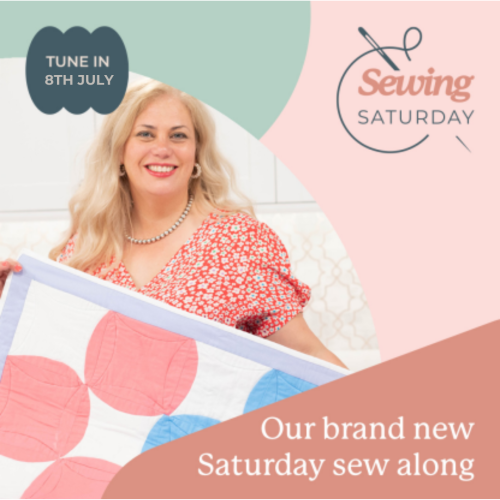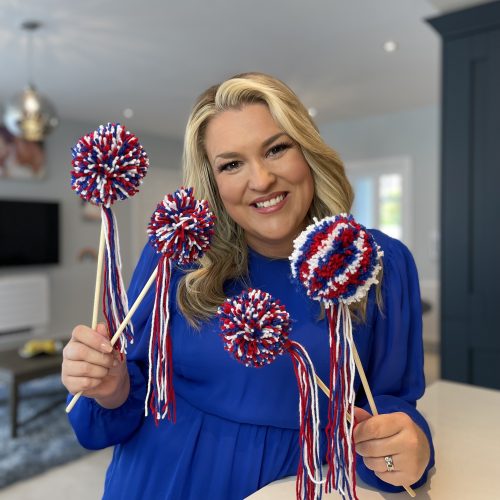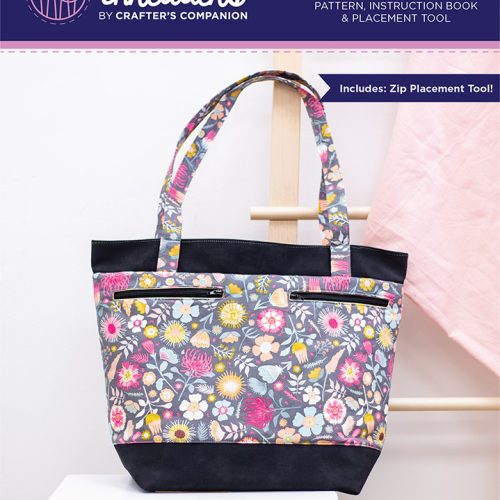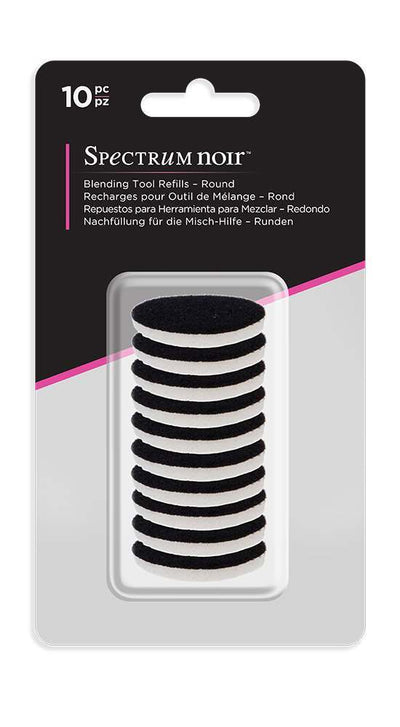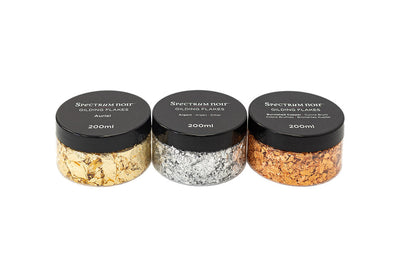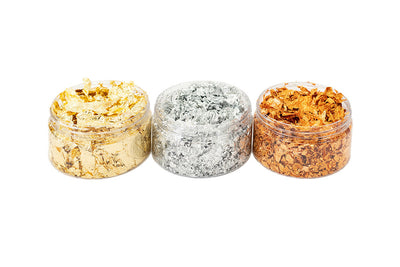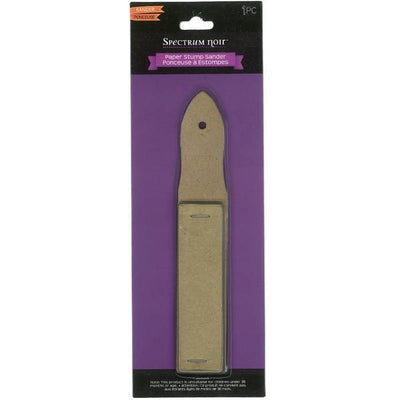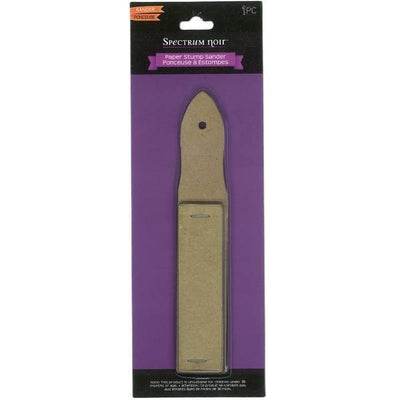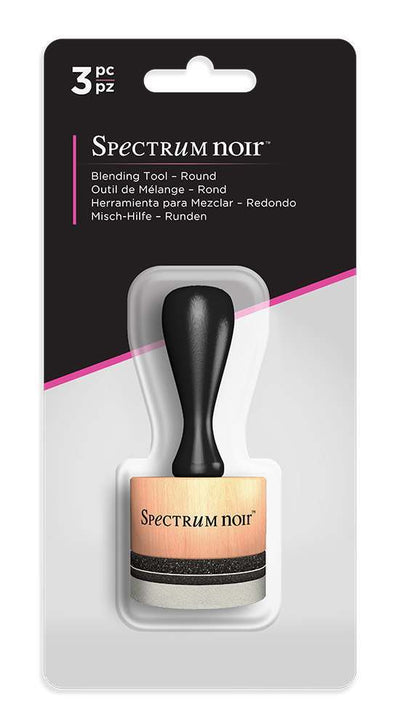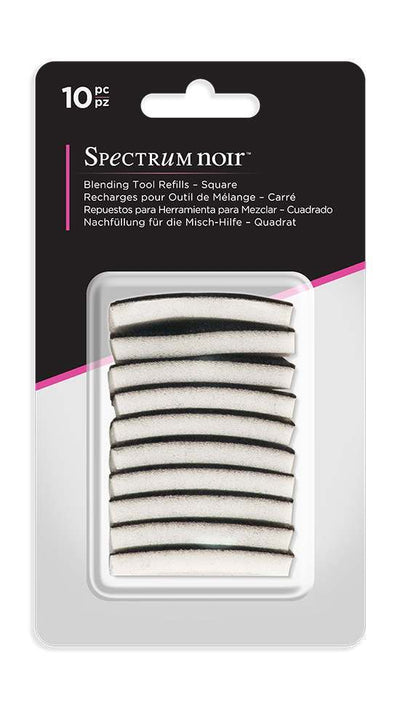The history of women in quilting - International Women's Day 2020
- Read time: 7 minutes
- Written by: Crafters
Happy International Women’s Day! Today is all aboutcelebrating women’s achievements and reflecting on the differences that thewomen’s rights movement has made, so we wanted to get involved in the only waywe know how – with a bit of crafting!
While there are plenty of craft areas that we could delve into, we figured that because World Quilting Day is also quickly approaching, it was only right for us to share some key moments in history for quilting and the stories of amazing women who have made it into the that craft it is today.

Quilting in Colonial America
One of the first detailed accounts of quilting dates back tothe late 17th century in Colonial America. Life was poor andunforgiving for many families, so quilting was a rare pastime for the women. Itwas a necessity, rather than a hobby, to cover the windows and doors on theirroughly built houses to protect the family from the elements. No fineneedlework was done because of the poor light and the lack of time th.
Rich households could afford help in the home, so women fromprominent families had the time for quilting as a hobby, which is where‘Colonial quilts’ and coverlets were born. These quilts were mainly decorativewith delicate detailing, so only found in well to do homes and were a symbol ofwealth.
It wasn’t until the 1840s that American women began to express their creativity through quilting, thanks to the expanding textile industry.
Quilting as a social soiree
With the rise of the textile industry came a rise inquilting bees. These included groups of women visiting each other to help afriend or neighbour to complete a quilt and socialise. The other primary socialevent for women was going to church, so at quilting bees, they could be alittle more informal and share recipes, family news, tips on how to look afterchildren and support each other.
Some were viewed as less of a social event and more of asession just to quilt, so many women only invited highly skilled quilters totheir quilting bees. They were also used as a way for women to tackle theloneliness that many of the pioneers in rural and isolated areas faced.
Whether it was in a grand parlour or a cramped bedroom in a log cabin, the attendees would sit around a wooden frame that held the entire quilt for them to work on. The sizes of these frames varied and only allowed a certain number of women to sit around them – sometimes there was only one or two attendees, but at other quilting bees, there could be up to seven!

Patriotic quilting in the Civil War
In 1861, many people frowned on the idea of women beinginvolved in any commercial projects, but patriotism won when the war broke out.Women produced quilts to sell at fairs to fundraise for the war and quilts weresome of the most expensive items made. This money went towards buying suppliesand three gunboats.
Over the four devastating years of the Civil War, it becameincreasingly clear that there was a need for clothing and blankets forsoldiers. At first, family quilts were donated, but women began to producequilts specifically for the war efforts. These were seven feet by four feet tofit in the military beds and were made from any fabric that was available.
By the end of the war, it is estimated that over 250,000 quilts and comforts had been made for the soldiers.
Crazy Quilts and the Industrial Revolution
Over in the UK during the 19th century, theIndustrial Revolution was in full swing, producing cheaper and better ways ofprinting and dyeing fabric. Quilting and patchwork had never been more popular,but as the cottons became cheaper, wealthy women opted for richer, brightlycoloured silks and velvets instead.
With this rise in fabric variations came the Crazy Quilt.These were characterised by patchwork that lacked repeating motifs, irregularshaped blocks, and embellished seams and patches. These were known to betime-consuming quilts and some women were known to spend over 1,500 hoursmaking them!
While they were initially very popular with the upper-class women, the poorer women in rural areas and smaller towns continued to create Crazy Quilts long after the style had fallen out of fashion. However, they opted for sturdier and practical fabrics, dropping the ornate embroidery and embellishments of the urban Crazy Quilts.

WWII and Make Do & Mend
During World War II, fabric and clothing rations were justas severe as food and fuel. With fabric so scarce, it’s unsurprising that manyof the quilts made during the war contained small scraps of dress andfurnishing materials.
The Make Do and Mend campaign launched in the UK to teachpeople how to be thrifty in a time of rationing. There were thrift classes andpamphlets with a ‘Mrs Sew-and-Sew’ character who told people how to patchelbows, how to make their woollies last longer and how every woman could becometheir own ‘clothes doctor’.
In America, quilting appeared to grind to a halt after thebombing of Pearl Harbour. The nation faced a period of fear and anxiety, somost urban women stopped quilting to focus on greater concerns. Many went towork to fill in for the men who had gone to war, but even more workers wereneeded to manufacture the materials for the war efforts, which left little timefor quilting.
However, the people in rural areas, particularly the Amish, continued to quilt, but few patterns or styles evolved until the 1970s.
Modern quilting
During the 1960s, there was a gradual increase in womenwanting to learn to quilt. By the 70s, a number of guilds had formed, newpatterns were emerging and popular women’s magazines began to include morearticles about quilt projects.
Tools like cutting mats and rotary cutters became availablein the 1980s, making quilting a lot easier and generating more interest.However, some things kept to tradition. Many quilters began piecing by machine,but others preferred hand quilting, and applique was usually done by hand.
In the present day, quilting still remains a very popular craft that is enjoyed by people of all ages. It has become much more of an art form with the introduction of computers and high-tech sewing machines, giving quilters the opportunity to produce elaborate designs in a matter of hours instead of weeks.

Talk about girl power! We hope you've enjoyed having a little look through history at some of the pivotal quilting moments for women - what better way to celebrate International Women's Day? If you're a quilter, make sure you share photos of your projects with us on Facebook UK, Facebook USA, Twitter, Instagram UK, Instagram US, Pinterest UK or Pinterest US using the hashtag #crafterscompanion.
